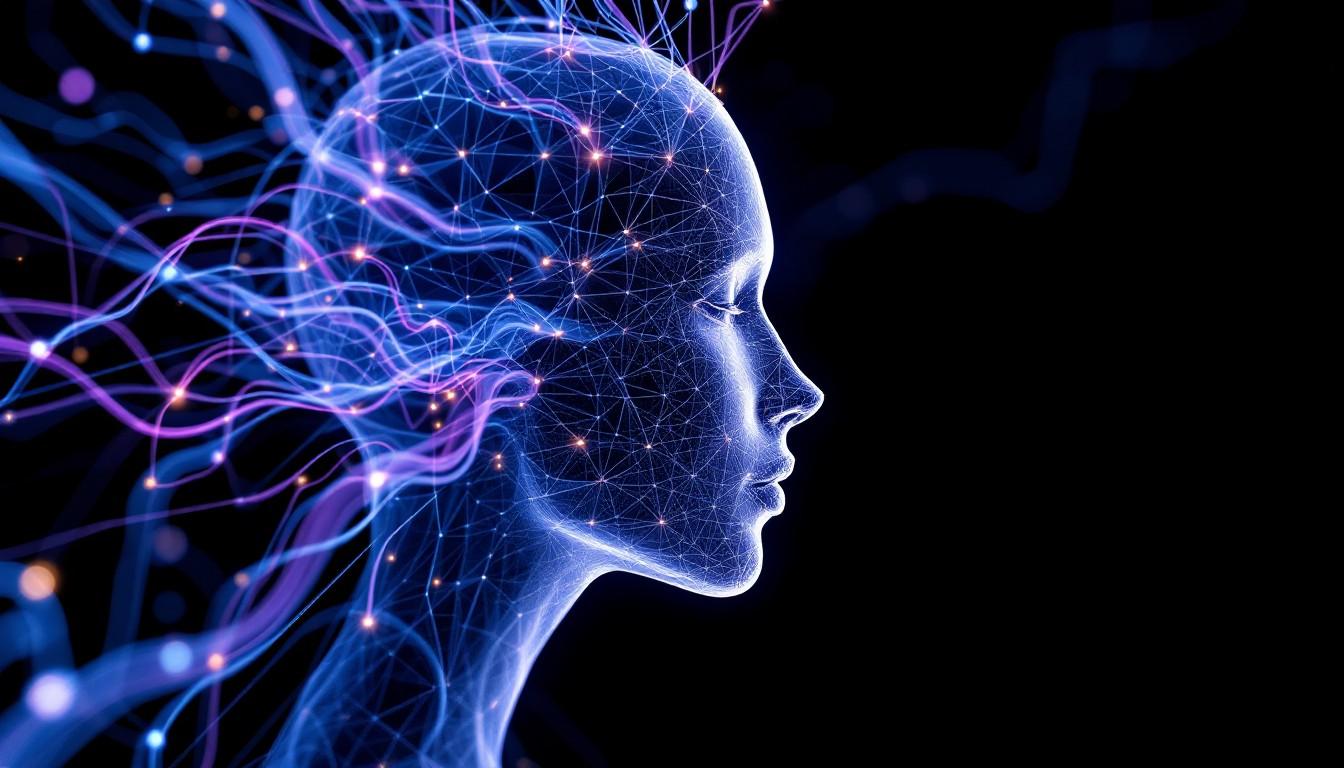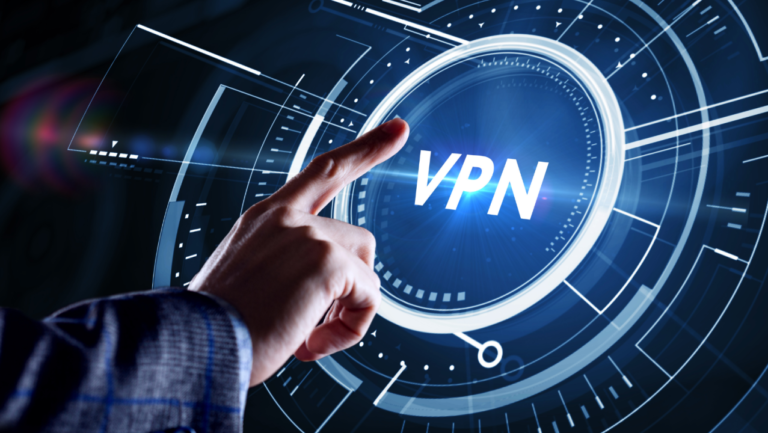The Blockchain-AI Convergence: How Two Revolutionary Technologies Are Reshaping Our Digital Future

Source: StockCake
In recent years, two transformative technologies have emerged as powerful forces of innovation in their own right: blockchain and artificial intelligence (AI). While each has carved its path of disruption across industries, the fluctuating nature of digital assets like ADA to USD conversions highlights the dynamic environment in which these technologies operate. Their convergence represents one of the most significant technological developments of our time. Together, these technologies are not merely coexisting but actively enhancing each other’s capabilities, creating solutions that neither could achieve independently.
Understanding the Foundation
To fully appreciate how these technologies are reshaping our digital landscape, we must first examine their fundamental principles and unique characteristics.
At its heart, blockchain is a fancy record-keeping system that cuts out the middleman. Think of it as this shared notebook where all transactions are written in permanent ink. Once something’s there, it’s there for good, and everyone involved can check it anytime. It basically lets folks trade directly with each other without some corporate giant or bank hovering in between and taking a cut. Its distributed nature ensures transparency while maintaining security through cryptographic principles. The technology has evolved well beyond its initial applications in digital currencies to encompass smart contracts, supply chain tracking, and identity verification systems.
AI is our attempt to build smart computers that can do the thinking stuff we humans normally handle. You’ve got these machine learning programs – that’s just one flavour of AI – that basically gobble up tons of data and start figuring things out on their own without someone having to hold their hand every step of the way. We’re seeing this pop up everywhere these days – from apps that understand what you’re saying to cameras that recognize your face. This tech is moving crazy fast, and every few months, there’s some breakthrough that makes yesterday’s cutting-edge look like ancient history.
The Synergistic Relationship
The convergence of these technologies creates a symbiotic relationship where each addresses the other’s limitations. Blockchain provides AI with a framework for greater transparency and trust, while AI enhances blockchain networks with improved efficiency and adaptability.
One of the most compelling aspects of this convergence is the potential for enhanced data integrity. AI systems require vast amounts of data to function effectively, yet concerns about data quality and authenticity persist. Blockchain technology offers a solution by providing verifiable, tamper-proof data sources. When AI algorithms access information stored on blockchain networks, users can have greater confidence in the outputs these systems generate.
Conversely, AI brings significant computational capabilities to blockchain networks. Traditional blockchain systems face challenges related to scalability and energy consumption. Advanced algorithms can optimize these networks, improving transaction speeds while reducing computational requirements. This optimization becomes increasingly important as blockchain applications expand beyond their current scope.
Transforming Industries
The combined power of these technologies is beginning to reshape numerous sectors:
Healthcare Systems: The convergence enables secure, patient-controlled health records while utilizing AI to analyze medical data for improved diagnostic capabilities. This combination maintains privacy while advancing medical research and personalized treatment options.
Supply Chain Management: Blockchain provides immutable tracking of products from origin to consumer, while AI systems analyze this data to predict disruptions, optimize logistics, and reduce waste. The result is greater transparency and efficiency throughout the entire supply chain.
Financial Services: Beyond digital currencies, the convergence is transforming how financial institutions operate. Automated compliance systems utilize AI to detect unusual patterns, while blockchain ensures transparent record-keeping. This combination reduces fraud while potentially increasing access to financial services for underserved populations.
Energy Sector: Smart grids utilizing both technologies can optimize energy distribution while enabling secure peer-to-peer energy trading. AI systems predict usage patterns and maintenance needs, while blockchain provides the infrastructure for transparent transactions between parties.
Creative Industries: Digital content creation and distribution are evolving through this technological convergence. AI-generated content can be authenticated and tracked via blockchain, ensuring creators maintain appropriate attribution and compensation for their work.
Challenges and Considerations
Despite its promise, this technological convergence faces significant challenges. Technical barriers remain in creating a truly seamless integration between these complex systems. Scalability issues continue to affect both technologies, particularly as applications grow more sophisticated and widespread.
Regulatory frameworks struggle to keep pace with innovation in this space. Policymakers face the difficult task of encouraging development while ensuring appropriate protections for individuals and organizations. Questions regarding data ownership, algorithmic accountability, and system governance require thoughtful consideration.
Additionally, the environmental impact of these technologies deserves careful attention. Both AI and certain blockchain implementations can be resource-intensive. Developing sustainable approaches represents an important priority for future development.
Looking Forward
As these technologies continue to mature and converge, we can anticipate new applications that are difficult to predict today. Autonomous systems operating with greater independence may utilize blockchain to verify their decisions and interactions. Decentralized intelligence networks might emerge, combining the computational power of many systems while maintaining security through blockchain verification.
The educational sector will need to evolve to prepare individuals for this changing landscape. New skills combining an understanding of both technologies will become increasingly valuable. Interdisciplinary approaches bringing together computer science, economics, ethics, and other fields will be essential for responsible development.
The convergence of blockchain and artificial intelligence represents not merely a technological evolution but a fundamental shift in how digital systems function and interact. By addressing each other’s limitations while amplifying strengths, these technologies together offer solutions to complex challenges across virtually every industry. While significant work remains to fully realize their combined potential, the foundation for transformative change has been established.
Source: https://xxbrits.uk/






